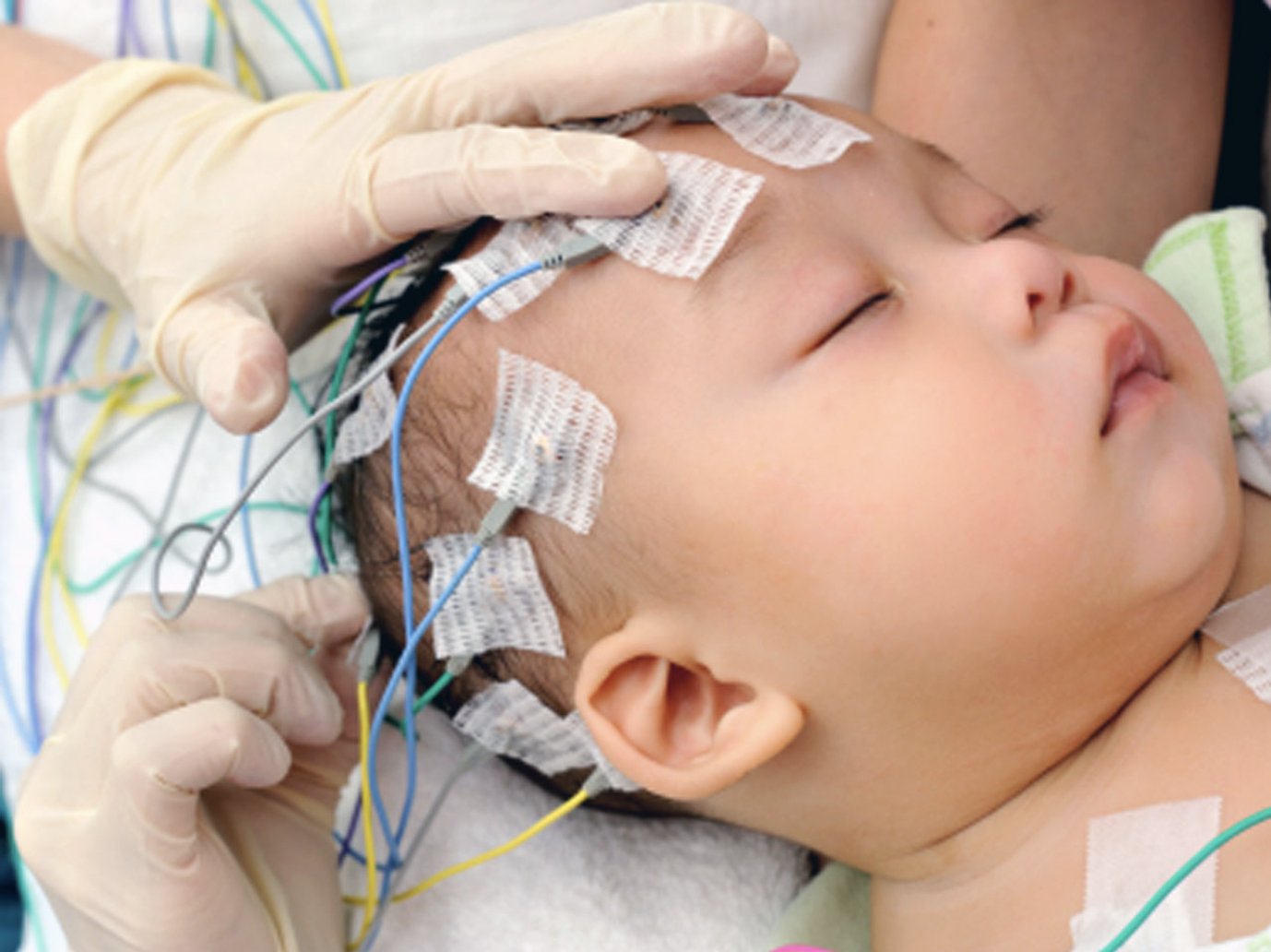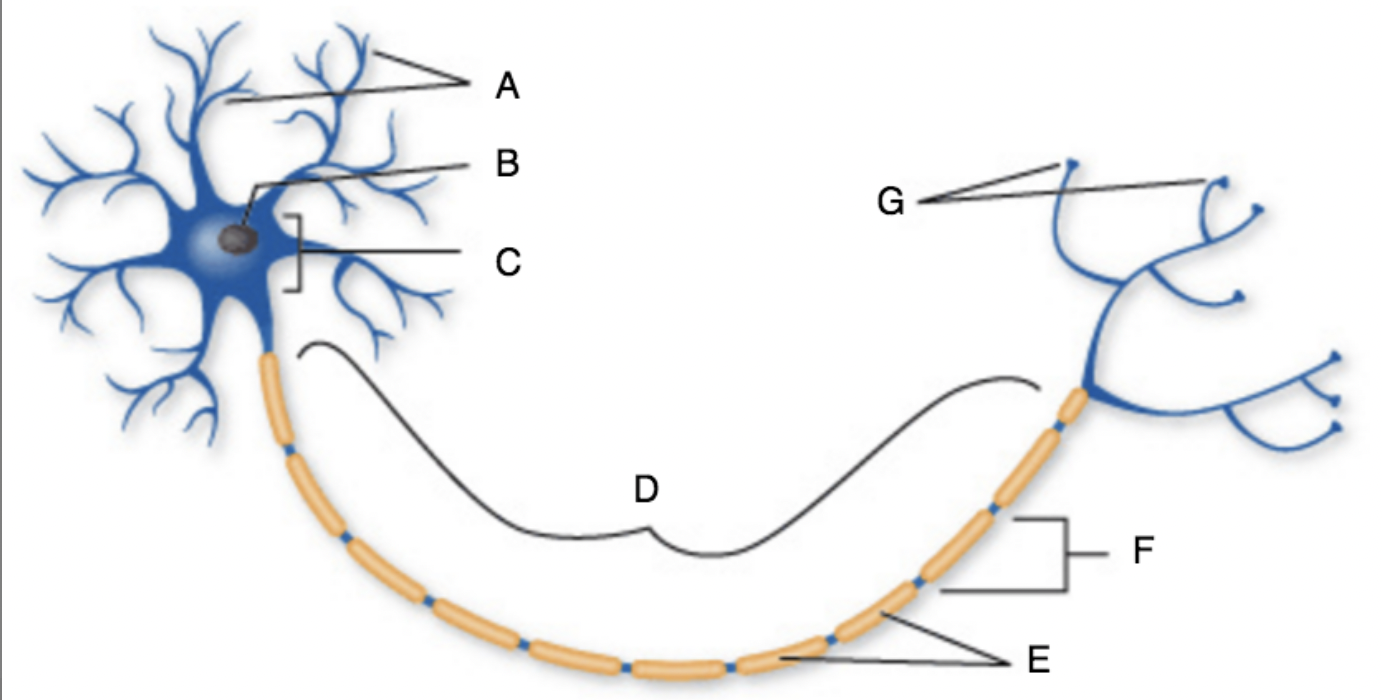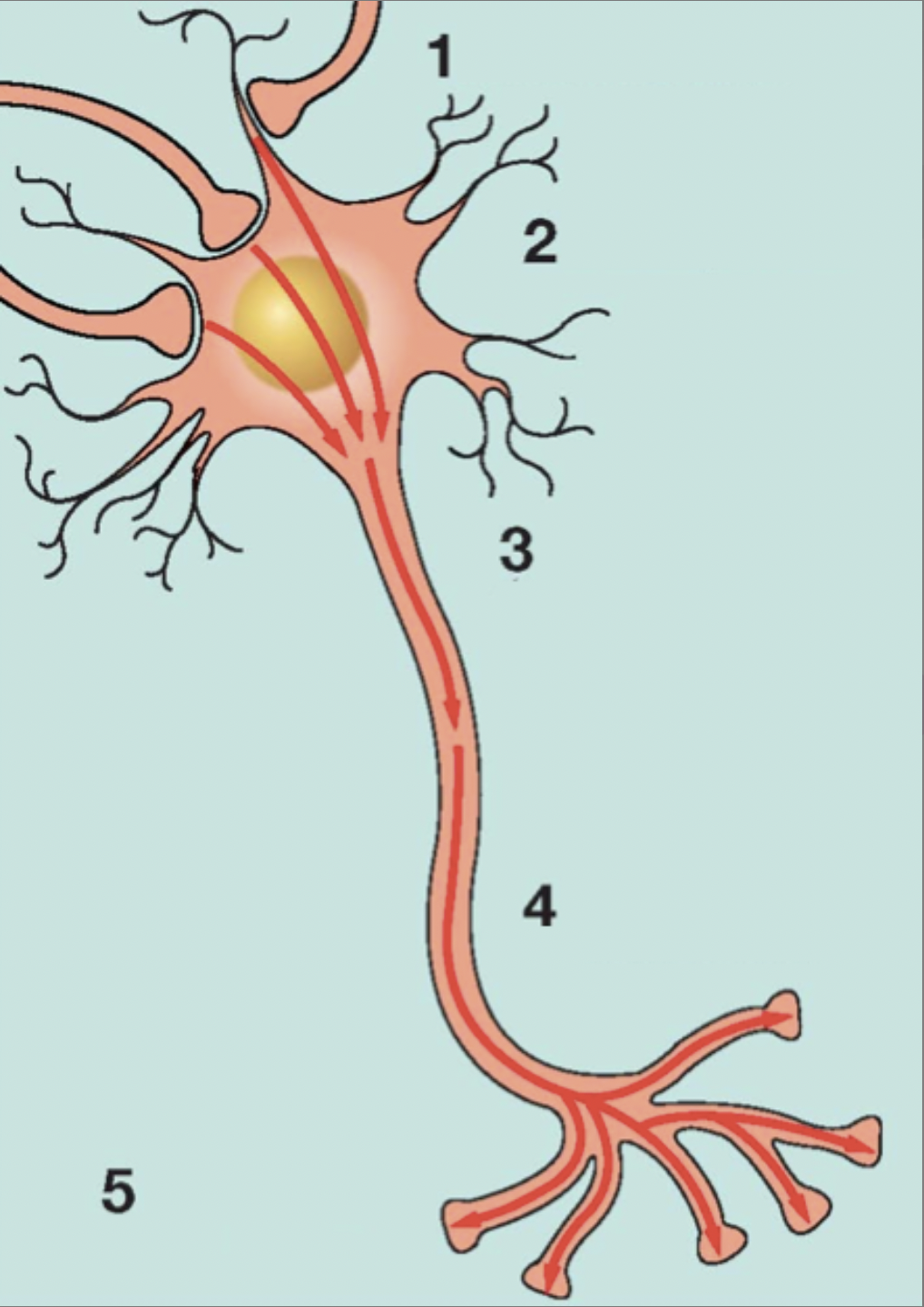Biopsychology Cumulative Quiz Practice
1/147
There's no tags or description
Looks like no tags are added yet.
Name | Mastery | Learn | Test | Matching | Spaced |
|---|
No study sessions yet.
148 Terms
Studies how brain damage impacts human behavior
Neuropsychology
Studies how activity in the body impacts human thought/behavior and vice versa
Psychophysiology
The study of the effects of drugs on the brain and behavior
Psychopharmacology
Contrasting different species to understand evolution, genetics, and adaptiveness of behavior
Comparative Psychology
One interesting physiological finding in people with schizophrenia discussed in the book and slides is that in people with schizophrenia:
their eye tracking behaviors are different, they are less smooth
In an experiment, the experimental group gets _________ and the control group gets _________.
the dependent variable; the independent variable
True or False: In a double-blind study, neither the experimenter nor the participants know who is in the experimental vs. the control groups.
True
Why might we use nonhuman animals (e.g. rats, chimps, monkeys... etc) to study biopsychology?
There are fewer ethical restrictions when using them
True or False: Hebb’s work helped discredit the notion that psychological functions were too complex to be derived from physiological activities
True
Javier really loves his work, he gets to observe chimpanzees in their habitats.
Naturalistic Observation
Linda had a motorcycle accident and can no longer speak. She is brought in for intense observation and studying.
Case Study
Lack of foresight, emotional unresponsiveness, epilepsy, and urinary incontinence...
These and more were all unfortunate side effects to whichcontroversial "treatment" that we discussed in class and watched a video on that was used on thousands of people?
Lobotomy
In a(n) ______________ observational study, the participants come to the research office of the experimenter so that they can be observed using video/audio... etc.
laboratory
TMS (Transcranial Magnetic Stimulation)
may be used on humans.
uses a magnetic coil that applies a brief, strong magnetic field to parts of the brain.
can “activate” or “deactivate” brain structures.
Which of the following is a disadvantage of the CT scan?
It exposes the patient to a dangerous x-ray.
The two most common techniques for producing images of human brain function (or activity) are PET and __________.
fMRI
The _________ is a device used to implant an electrode into the brain or to lesion part of the brain.
stereotaxic apparatus
Which technique records the BOLD (blood oxygen level dependent) signal?
fMRI
Neuropsychologists use neuropsychology evaluations/assessments to determine
If someone has suffered head trauma that will result in behavioral or thought changes.
Open field tests are often used to research
sexual and aggressive behavior
Your grandmother is getting a test done that you take her to. She has to go through a long, extensive checklist before she is allowed to enter the room with a big machine in it. The checklist makes sure that she doesn't have any unidentified metal in her body. Your grandmother is getting a _____.
MRI scan
You want to study how families interact at home. You're curious if adopted teens' behavior is more similar to their adoptive parents or their biological parents. You go into the homeand observe the teens there. This is an example of what type of research method?
Naturalistic observation
The trail making test is a type of
neuropsychological evaluation

The following image is a picture of a:
*If you cannot view the image it displays a person with metal wires attached to their head with electrodes.
Scalp Electroencephalography (EEG)
If I'm referring to a region of the brain near the top of a brain and trying to describe it to another scientist I would call it the __________ part of the brain.
dorsal
The pattern of mate bonding that is most prevalent in nonhuman mammals is ____________ whereas the pattern of mate bonding that is most prevalent in humansis ____________
polygamy; monogamy
Cooper and Zubek (1958) found that Maze-dull rats did not make significantly more errors than maze-bright rats when both groups were:
reared in an enriched environment.
All of the following are evidence of evolution described by Darwin EXCEPT:
The fact we can breed animals, particularly cats, to evolve alongside us.

Match each labeled to the correct part of the neuron or function of that location.
B & C: Manages and controls functions of the cell
A: Receives signals from other neurons
G: Axon terminal buttons
E: Covers and insulates the axon
F: Nodes of Ranvier
D: Axon
Meninges are to the skull as
skin is to the body
You go to kick a soccer ball; what part of the nervous system are you using to move your foot to kick the ball?
The somatic nervous system
Which of the following generally acts to conserve the body's energy and allow it to get back to its “rest and digest” or resting phase?
The parasympathetic nervous system
Internally, __________ keep a cell at resting potential. The main ion(s) that move in and out at this point is/are:
Large Negative Proteins; Potassium
Inhibitory is to excitatory as
a stop light is to a green light

In the following image there are 5 steps. Match each step with the appropriate action that occurs there.
Step 1: PSPs are elicited along the dendrites
Step 2: When the PSPs are summed and exceed threshold, an action potential is generated and travels along the axon
Step 3: The action potential is conducted along the axon to the axon terminal buttons
Step 4: PSPs are processed in the cell body
Step 5: Exocytosis occurs at the axon terminal so that neurotransmitters can be released into the synapse
Conduction of action potentials in myelinated axons
is faster than in unmyelinated axons.
The brief period of time immediately after the initiation of an action potential when it is impossible to initiate another one in the same neuron is called the
refractory period.
Light enters the human eye through an opening in the iris called the __________
pupil
Prosopagnosia has been linked to damage of the
ventral stream fusiform face area
The sensory receptors important for color processing are the ___________ while the sensory receptors important from dim-light vision are the ___________
Cones and Rods
Which of the following is a small indentation where sharp vision and most color processing occurs?
Fovea
the part of the retina where the collected axons of the optic nerve leave the eye.
Blind Spot
The existence of complementary color afterimages supports
the opponent-process theory. ex: Black-White, Yellow-blue, green-red.
According to Ungerleider and Mishkin, "where" is to "what" as
dorsal stream is to ventral stream.
Which of the following is in the correct order:
Retina-geniculate-striate
Who more commonly experiences red-green color blindness?
Men
If someone doesn't pay attention to the left side of space or forgets to dress the left side of their body, they most likely have _________ resulting from damage to the __________ of their brain.
visual agnosia; right occipital lobe
In both hearing and color vision, we respond to waves differently depending on the length and depth of the waves. Purple and blueish colors correspond with ____________ wavelengths.
short (Violet, Blue, Green, Yellow, Orange, Red) This is short to long.
The malleus, incus, and stapes (aka the ossicles)
are small bones that transmit vibrations from the ear drum to the oval window.
Primary auditory cortex is located in the
temporal lobe.
True or False: When you're listening to the song Bohemian Rhapsody and the singers go back and forth singing "Mama Mia!" in a really deep voice then in a really high pitch voice, you are hearing these changes in pitch due to changes in the frequency of the sound waves.
True
True or False: the receptors for hearing are called "hair cells" and are located in the outer ear.
False
When someone is deaf they may elect to get a/n ___________ implant, this device can help them hear.
cochlear
The sensory receptors for touch, temperature and more are called __________ receptors. An example is a Merkel's Disk.
cutaneous
Maria gets off of a roller coaster and feels very dizzy. As a super smart Biopsychology student, you know that her vestibular system was most likely disrupted during the roller coaster due to fluid in her __________ ___________ moving around.
Semicircular canals
True or False: The receptors for pain are called nociceptors.
True
Which of the following acts as the "post office" of the brain, receiving information from the senses, sorting it, and sending it to another part of the brain?
The Thalamus
Someone who has lost an arm that still senses it being there, often by feeling pain in it, may have _________ ________ syndrome.
phantom limb
The sensory receptors for taste (or gustation) are in the _______________ and those are located along the _______________ on the tongue.
taste buds; papillae
Brain cells that fire in response to making a particular response AND observing somebody else making the response are called __________ neurons.
mirror
Which of the following (1) receives information from cortex, (2) sends it through feedback loops, (3) sends it through to the thalamus/motor cortex and (4) then send that information down the spine to control movement?
basal ganglia
True or False: The Dorsolateral Prefrontal Association Cortex (DPAC) helps with evaluating what external stimuli are and initiating appropriate voluntary reactions. An example would be knowing the difference between a cactus and a succulent and using different movements around each.
True
True or False: One similarity between primary sensory cortex and primary motor cortex is that both have very large representations of the hands, this makes sense because we have to feel and move things with our hands
True
When a motor neuron fires, all of the muscle fibers of its:
motor unit contract together.
Parkinson's disease is primarily associated with degeneration of the
basal ganglia.
One of the first signs of Huntington's disease is often
increased movement/fidgetiness followed by weight loss.
In a spinal cord reflex, the sensory neuron transmits a signal to the spinal cord, which then relays the signal to a motor neuron to perform an action.
True or False: While the first step just listed occurs without input from the brain, the motor neuron cannot move unless it's been instructed directly by multiple parts of the brain.
False
When we refer to primary motor cortex, we can describe it as somatotopic, which means:
more cortex is devoted to body parts that make more complex movements.
Which of the following is only 10% of the brain's mass, but has more than 50% of its neurons and helps with motor learning?
The Cerebellum
As discussed in class, we use the ____________ when pouring a drink or speaking in sign language and we use the ____________ when surfing or doing yoga.
Dorsolateral Motor Pathway; Ventromedial Motor Pathway
The process of the growth of a fertilized egg into a mature nervous system is called
neurodevelopment.
Genie was never able to form full adult language because language develops ___________.
in a period during childhood, when Genie had very little contact with anyone
The development of the human brain is unique in that
it develops so slowly, e.g., the frontal lobes don't finish developing until the mid-twenties.
Children with ___________ tend to have a reduced ability to interpret emotions while children with ___________ tend to communicate very well but have problems with spatial understanding
Autism; Williams Syndrome
Development and growth of the patch of tissue on the surface of the embryo that will eventually become the spinal cord and brain
Induction of the neural plate and tube
After cells move to the place they will mature, they group based on similar future function
Cell migration / cell aggregation
Synapse formation and growth
Synaptogenisis
Death of parts of cells that are not used - use it or lose it!
Pruning
When there is a disturbance of consciousness following a blow to the head and there is no evidence of physical damage, the diagnosis is
concussion.
________ are often symptoms of a possible brain problem. They happen because of sudden, abnormal electrical activity in the brain. They often begin in one hemisphere and spread to the other through the corpus callosum.
Seizures
Which of the following brain structures is most utilized when someone is engaged in working memory?
the prefrontal cortex
H.M.’s greatest post surgical problem was
Anterograde amnesia, retrograde amnesia, deficits in short-term memory.
Explicit memories for the particular events or experiences of one’s life (like your wedding, a birthday party… etc) are ____________ memories
episodic
In 50 First Dates, Drew Barrymore’s character and the 10-second Tom character both have ________ amnesia because they cannot from new memories. In The Notebook, Rachel McAdams character has __________ amnesia because she is losing her old memories.
anterograde, retorgrade.
True or False: The saying Wager uses for Long Term Potentiation is:
“Neurons that fire together, wire together“
True
Some hippocampalneurons become active only when a participant is
in a particular place, called place or grid cells.
LTP (Long term potentiation) is one of the most widely studied models of the physiology of memory because it
can last for a long time and creates learning AND because it depends on co-firing between more than one cell.
Each time a memory is retrieved from long term memory, it is temporarily held in short term memory and can be strengthened, weakened, or modified. When it is stored in long term memory again after modification, that is called ____________
reconsolidation
Which of the following is known for reducing amount eaten per meal, reducing appetite, and shifting preferences away from fatty foods?
Serotonin
In the __________ phase, the body is preparing for eating. This is when sensory cues like sight and smell can prepare the body for eating and digestion.
cephalic
Which of the following theories posits that eating works like a thermostat, where there is a negative feedback system; it turns on when energy is needed and off when hunger has been satisfied. This theory doesn't take into account external factors that can influence hunger.
Set Point Theory
In the video we watched about obesity, one suggestion made was
to not eat anything that your great-grandmother wouldn't recognize as food.
True or False: Some of Prader-Willi syndrome's symptoms include vomiting daily, high amounts of energy, and large hands and feet.
False
Which theory is responsible for explaining the following: Tasting a food immediately decreases the positive-incentive value of similar tastes?
*An example would be that you think you're full after dinner but then someone brings out dessert and you feel like you have some room left in your stomach for it
Sensory-Specific Satiety
When you remove the ________________ of a rat, the rat will increase it's weight and how much it's eating, because that part of the brain inhibits eating when it's intact.
ventromedial hypothalamus
True or False: Leptin is a feedback fat signal that is released when the body is full.
True
In ___________ the person engages in voluntary self-starvation because they have a fear of gaining weight while in ___________ the person engages in bingeing and purging of large amounts of food because they have a fear of gaining weight.
anorexia; bulimia
Testosterone is
an androgen
Sex hormones influence sexual behavior by
directing the development from many of the anatomical, physiological, and behavioral characteristics that distinguish one as female or male (typically).
The structure/s related to the release of oxytocin, "the bonding hormone" is/are
the Posterior Pituitary.